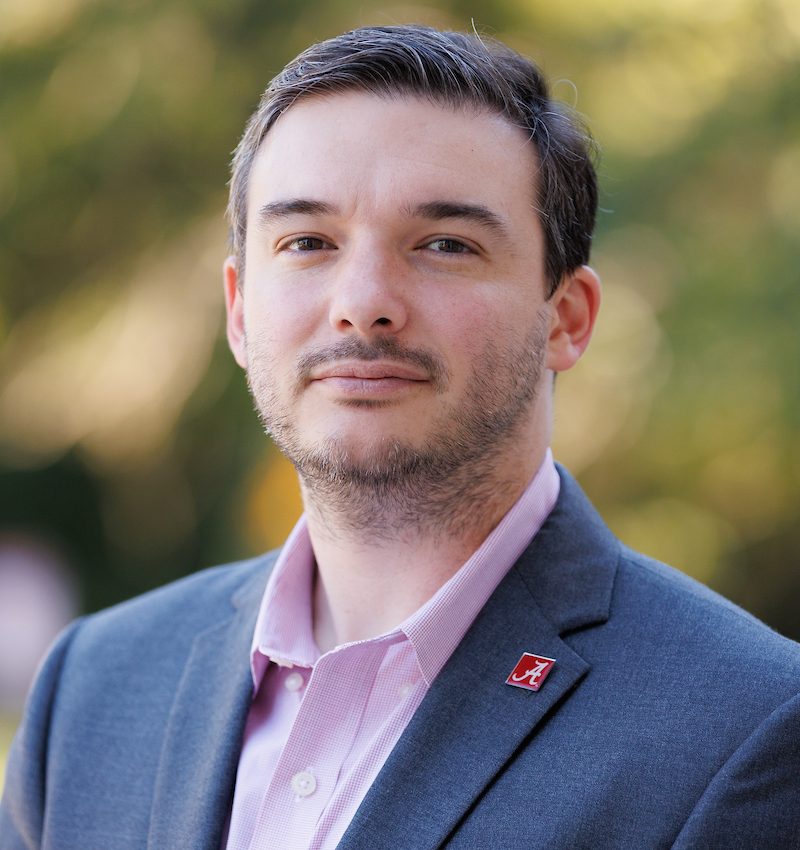
- 2013E South Engineering Research Center
- Phone (205) 348-3577
Dr. Patrick (Shane) Crawford
Assistant Professor
Contact
- 2013E South Engineering Research Center
- phone (205) 348-3577
Education
B.S., Civil Engineering, University of Alabama, 2012
M.S., Civil Engineering, University of Alabama, 2014
Ph.D., Civil Engineering, University of Alabama, 2018
Dr. Shane Crawford’s research focuses on increasing the resilience of communities to natural hazards such as tornadoes, floods, hurricanes, and earthquakes. Dr. Crawford brings an engineering focus on the design and development of the built environment and works with researchers across many other disciplines covering social science, economics, insurance, and public policy to tackle this issue from a broad perspective. As losses from natural hazards continue to grow and disrupt our societies, understanding how we build our communities and what measures can be taken to mitigate future damage in a cost-effective manner to sustain the social functions of our communities will be increasingly important.
Dr. Crawford particularly focuses on the application of geospatial analysis and remote sensing to effectively and efficiently understand and measure damage and recovery in post-event scenarios. He brings experience working with the federal government, including the National Institute of Standards and Technology and the Federal Emergency Management Agency which provides the opportunity to study public policy and how it shapes efforts to rebuild after disasters and encourage state and local communities to be proactive in planning and designing infrastructure to meet current and future hazards. His research has led to new ways of empirically measuring the factors that affect damage and recovery in communities, has enabled modeling tools to better measure the effects of community decision-making on outcomes from natural hazards, and has contributed to building codes that provide higher resistance to natural hazards, including the first tornado-based design requirements included in national model building codes.
Affiliated Areas
Center for Sustainable Infrastructure, Civil, Construction and Environmental Engineering, Alabama Water Institute
Dr. Crawford's Impact

Confident but Exposed: How Prepared Are U.S. Homeowners for Extreme Weather?
There’s nothing “once-in-a-generation” about extreme weather anymore. In 2024, the U.S. declared a major natural disaster an average of nearly every four days, according to an analysis by the International...